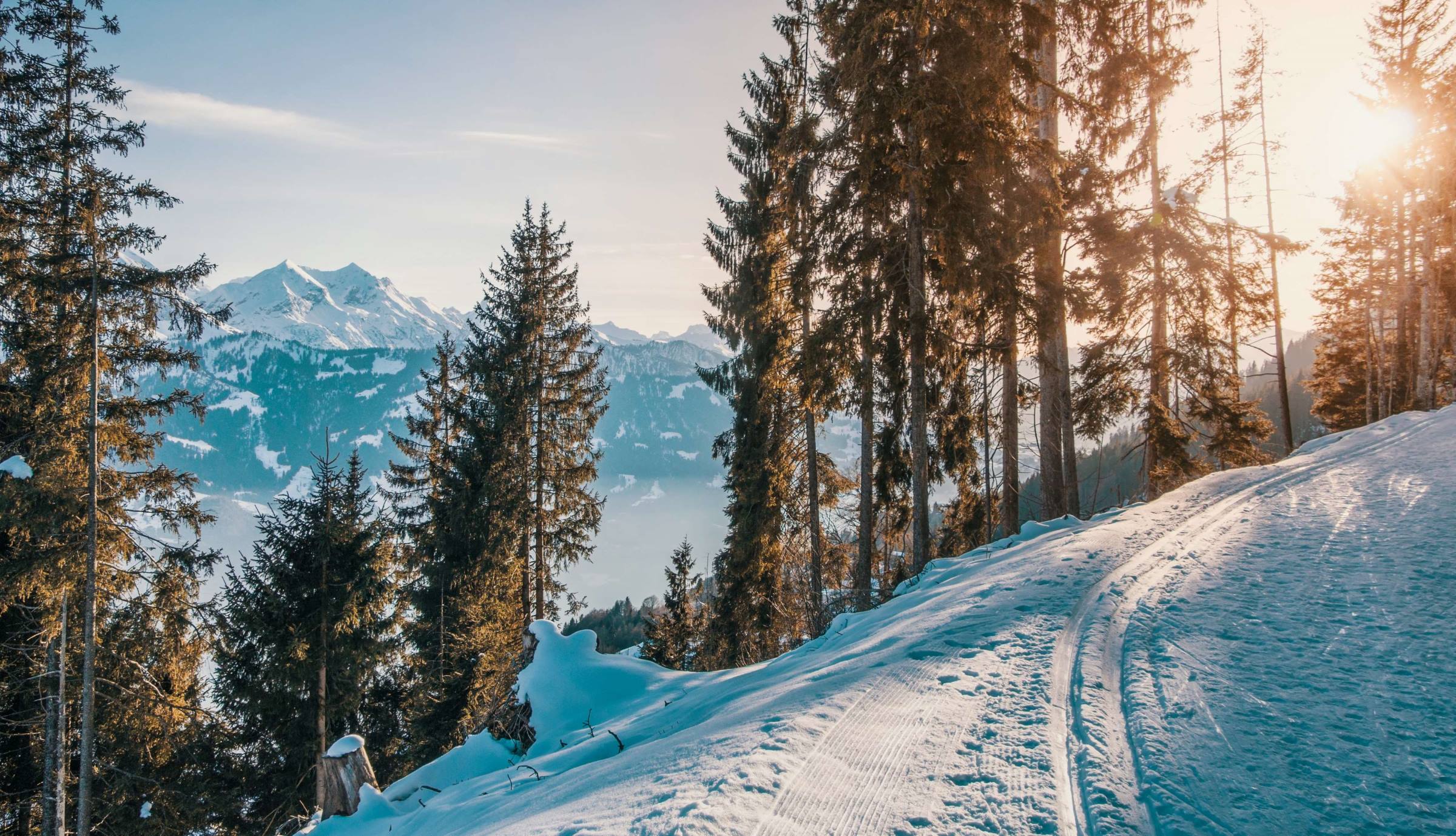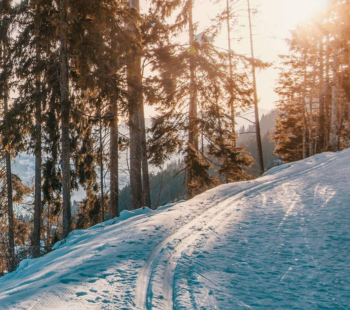Winter Safety
Winter safety in the workplace

October 2023
As winter approaches, the risk of slips, trips, and accidents in the workplace significantly increases. The combination of reduced daylight, fallen leaves, rainwater, and icy conditions can pose serious threats to both employees and employers. To ensure a safe working environment during the cold season, it’s crucial for everyone to take proactive steps to mitigate these risks. But how can you achieve this? And how can we at Harwood help you to make your workplace safer and more efficient?
One of the first things to consider is lighting. Is there enough illumination in your workplace for employees to see and avoid potential hazards? A simple way to find out is by asking your staff for their input. Alternatively, spend a few days shadowing your employees to understand their main routes, both inside and outside the workplace. If poor lighting is identified as a problem, you may need to invest in new lights or change the type of bulbs to improve visibility.
Wet and decaying leaves can be a major source of slip risks. They either hide existing hazards on paths or create new ones themselves. To tackle this, establish a procedure for removing leaves at regular intervals. Consider even removing bushes or trees that contribute to the problem.
Rainwater is another potential source of slips. To address this issue, ensure that external paved areas are made of materials that remain slip-resistant when wet. Discourage shortcuts over grass or dirt, which can become slippery when wet, and transform these shortcuts into proper paths. Installing canopies or absorbent mats at building entrances can also help prevent accidents.
In the presence of ice, frost, or snow, the risk of slips is significantly elevated. To mitigate these risks:
- Identify outdoor areas frequently used by pedestrians that are prone to ice formation
- Monitor the temperature and take action whenever freezing conditions are expected
- Implement procedures to prevent ice from forming and keep pedestrians away from slippery surfaces
- Use grit to de-ice walkways, focusing on areas susceptible to frost and ice
- Consider covering walkways or using insulating materials for added protection
- Divert pedestrians to less slippery walkways and use barriers to prevent access to hazardous areas
Gritting is a common method for preventing ice formation. It involves the application of substances like rock salt. Rock salt can stop ice from forming and melt existing ice or snow. Gritting should be done when frost, ice, or snow is expected, and when walkways are damp or wet with temperatures at or below freezing. Timing is crucial, and it’s best to grit before frost settles in the evening or before employees arrive in the morning. Be mindful of heavy rain that can wash away the salt, creating problems when it turns to snow. For more info, visit the Health and Safety Executive’s page on how to prepare for icy conditions and winter weather.
At Harwood, we understand the importance of winter safety in the workplace. Our portal can help you develop and implement effective risk assessments to create a safer environment for your employees. Get to grips with our portal to access valuable resources and get started on your path to workplace safety. Your employees’ well-being is your priority, and we’re here to assist you in making it a reality.

